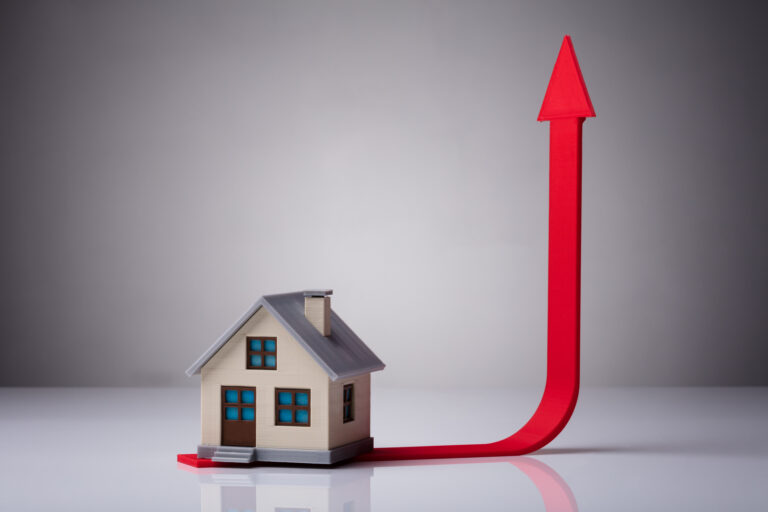More than half of the land under review for development by the Queensland Government cannot actually be built on. Department of State Development, Infrastructure, Local Government and Planning Director-General Mike Kaiser told a UDIA event that, of the 30,000 ha identified in South-East Queensland for potential development, only 13,000ha can be built on. The land had been identified initially via the Queensland Government’s Underutilised Urban Footprint. Kaiser says those sites which can’t be built on have either “intractable constraints or are uncommercial”. UDIA CEO Kirsty Chessher-Brown says with a severe housing crisis it is important that there is clarity around where development can and can’t proceed. “These findings are in line with the views of the Institute’s five regional branches across SEQ, expressed over many years,” she says. “Institute members are at the coalface of these problems so are well-placed to work with State and Local Government as advisors and partners to deliver much-needed housing as soon as possible.”
Gold Coast Development Shining
Work is underway on a number of Gold Coast residential projects as the region prepares itself for the 2032 Olympic Games. Construction has started on the seven-level apartment project Rhythm Kirra Hill and the $250 million Rochester Broadbeach. Development approvals have been lodged for the $420 million Burly project and a 5-Star carbon neutral development is proposed for Robina. Rhythm Kirra Hill will comprise 40 apartments once complete within walking distance of Coolangatta and Kirra. The Rochester Broadbeach will comprise 170 luxury apartments over 39 levels, on a 1813sqm corner block at Broadbeach. A development application for Burley was lodged with the Gold Coast City Council in October last year. Once approved it will comprise 101 luxury apartments across 24 levels at North Burleigh. Sentinel has a 1.4ha Robina site on which it plans to build 300 apartments with an aim of achieving carbon neutral certification and a 5-Star Green Star rating from the Green Building Council of Australia.
Quote of the Week
“While selling conditions have clearly softened from where they were in early 2022, and market activity has slowed, the fundamental long-term drivers of demand for housing remain solid.”
PropTrack economist Angus Moore
Clearance Rates Rebound Strongly
Auction clearance rates have rebounded with buyers still keen to buy under the hammer. According to CoreLogic figures, the national preliminary clearance rate hit 71% last week, the first time it has surpassed 70% since April 2022. Sydney had a clearance rate of 78% and Melbourne 68%. In the smaller capital cities, Adelaide once again had the highest preliminary clearance rate of 69%, followed by Canberra (66%) and Brisbane (63%). As 2023 gets into full swing it is expected the number of properties being offered for auction will increase in the coming week, with about 2,500 homes scheduled to go under the hammer. CoreLogic’s Tim Lawless says the rebound, particularly in Sydney, reflects a stabilising of the market. “It’s really a strong result, something we haven’t seen in a year, well before interest rates started rising,” he says. “Auction clearance rates have been improving and getting into the 70% range since the end of last year, but these numbers are a step-up.”
Listings Still Low And Prices Solid
The number of properties being listed for sale across Australia remains lower than at the same time last year, despite a recent uptick. Analysis by PropTrack economist Angus Moore shows new listings in capital cities almost doubled month on month in January as sellers returned to the market. “Despite the increase, new listings were still below 2022’s strong levels,” Moore says. “Conditions and activity slowed in the back half of 2022 following an extremely busy spring in 2021 which extended into early 2022.”. At the same time Moore says house prices declined slightly, down 0.1% month-on-month in January, to be now 4.5% below their early 2022 peak (as a national average). He says although some may struggle with continual interest rate rises, he is optimistic about the longer[1]term state of the economy. “While selling conditions have clearly softened from where they were in early 2022, and market activity has slowed, the fundamental long-term drivers of demand for housing remain solid,” he says.
Students Lift Economy, Worsen Shortage
Their presence may lead to an even tighter rental market throughout Australia, but international students are set to make a big contribution to the local economy. Almost 60,000 students arrived in Australia in January – more than double than at the same time last year. Universities Australia chief executive Catriona Jackson says they contribute billions to the economy. But with few developers delivering investment stock, the influx will also cause major rental market problems. A Knight Frank poll of 70 developers reveals only 11% built stock aimed at investors in their last project and only 8% intend to do that with their next project. Knight Frank head of residential research Michelle Ciesielski says this means continuing pressure in the rental market with fewer new dwellings being designed for investor buyers. She says coupled with other issues for landlords, such as recent higher investor mortgage lending rates, there is little incentive for developers to build more investor stock.










